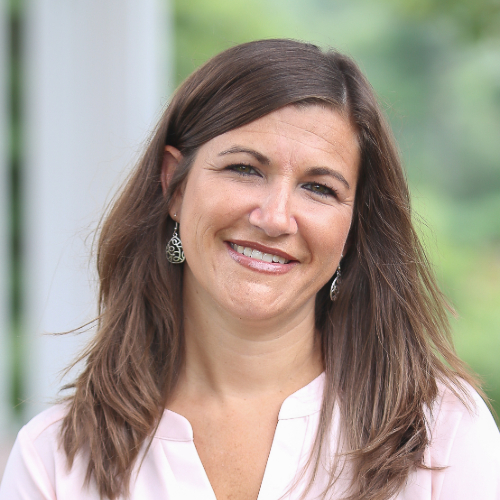What is Obsessive-compulsive disorder?
Obsessive-compulsive disorder (OCD) is when someone has ongoing, unwanted thoughts (obsessions) that lead them to do certain actions over and over (compulsions). These might include activities like hand-washing, counting, or checking things, and can significantly disrupt daily life and social interactions.
While it’s common for many of us to double-check things or have recurring thoughts, they usually don’t take over our lives. For someone with OCD, these thoughts are hard to ignore, and the routines feel mandatory. Not doing them can cause a lot of stress, often tied to fears of negative outcomes.
Even though many with OCD realize their actions might be excessive, they find it challenging to stop or control these urges and thoughts.
If any of these resonate with you, it’s possible that you may be grappling with Obsessive-Compulsive Disorder. OCD can severely disrupt your daily life, affect your relationships, career and overall well-being. But there’s good news: It’s treatable, and that’s where we come in.

Unraveling OCD: Prevalence, Age, and Gender Differences
Obsessive-Compulsive Disorder (OCD) is a widespread mental health condition that affects millions worldwide. Recent studies estimate that about 2-3% of the population will experience OCD at some point in their lives.
While it can manifest at any age, symptoms often first appear in adolescence or early adulthood. This highlights the importance of early detection and intervention, especially in younger age groups.
An intriguing aspect of OCD is the gender distribution. Both men and women are equally likely to be diagnosed with this condition, challenging common misconceptions surrounding its prevalence.
For children and teens, the statistics are equally compelling, with approximately 1% believed to have OCD. As we delve deeper into these figures, it becomes evident that understanding the diverse ways OCD can manifest across different age groups and genders can pave the way for more personalized and effective treatments.
Symptoms
OCD displays a range of symptoms, which can differ among individuals. Some of the symptoms can include:
- repetitive actions or thoughts
- rituals linked to numbers like counting, or favoring or avoiding certain numbers
- excessive cleaning of household items that are already clean
- arranging or categorizing objects a certain way
- excessive hand washing, showering or brushing teeth
- repetitive checking of locks, switches, appliances, and doors
- constantly requiring approval or reassurance
- People diagnosed with OCD might also avoid certain people, locations, or situations causing distress and leading to obsession and compulsions.
How do we treat OCD?
Diagnosis
To diagnose Obsessive-compulsive disorder, our mental health professionals conduct an in-depth interview with the patient. They ask about any symptoms, worries, or repetitive behaviors. This helps understand the patient’s thought patterns.
Medication Management
Medication management is one of the ways to manage OCD symptoms. A specific group of medicines, known as selective serotonin reuptake inhibitors (SSRIs), are usually employed to treat depression but can also effectively treat OCD.
Therapy
Exposure and Response Prevention (ERP), a form of cognitive-behavioral therapy (CBT), is a highly effective treatment for OCD. In an ERP session, patients face their fears directly via situations or images related to their obsessions.




